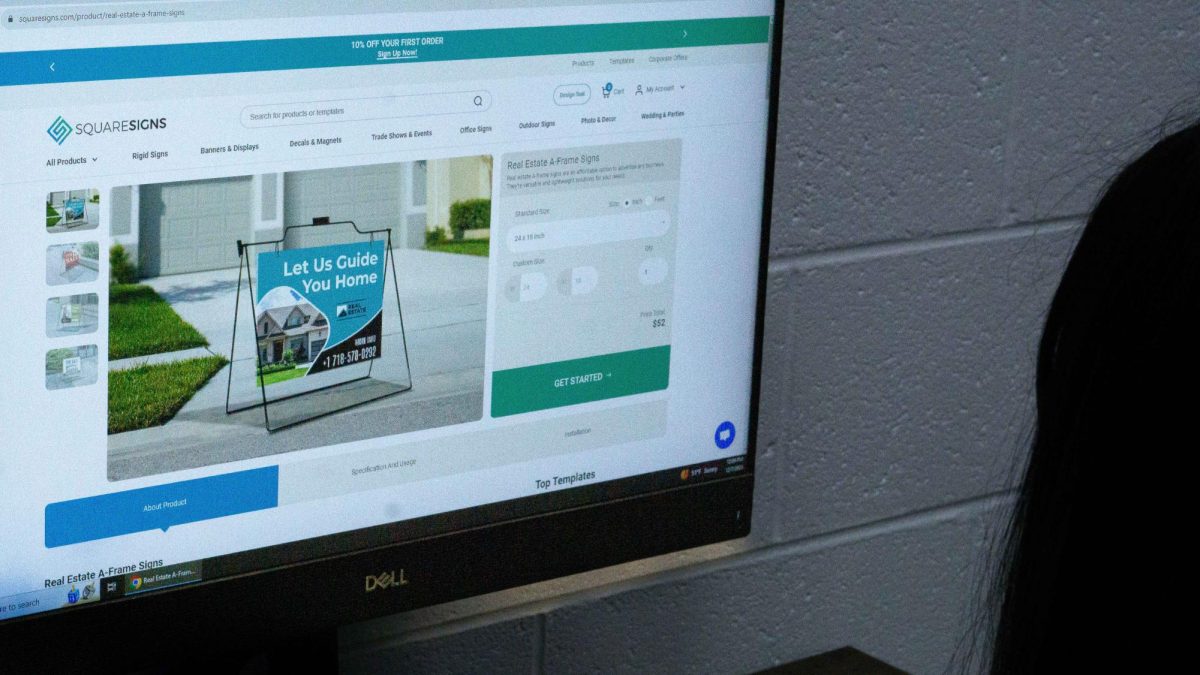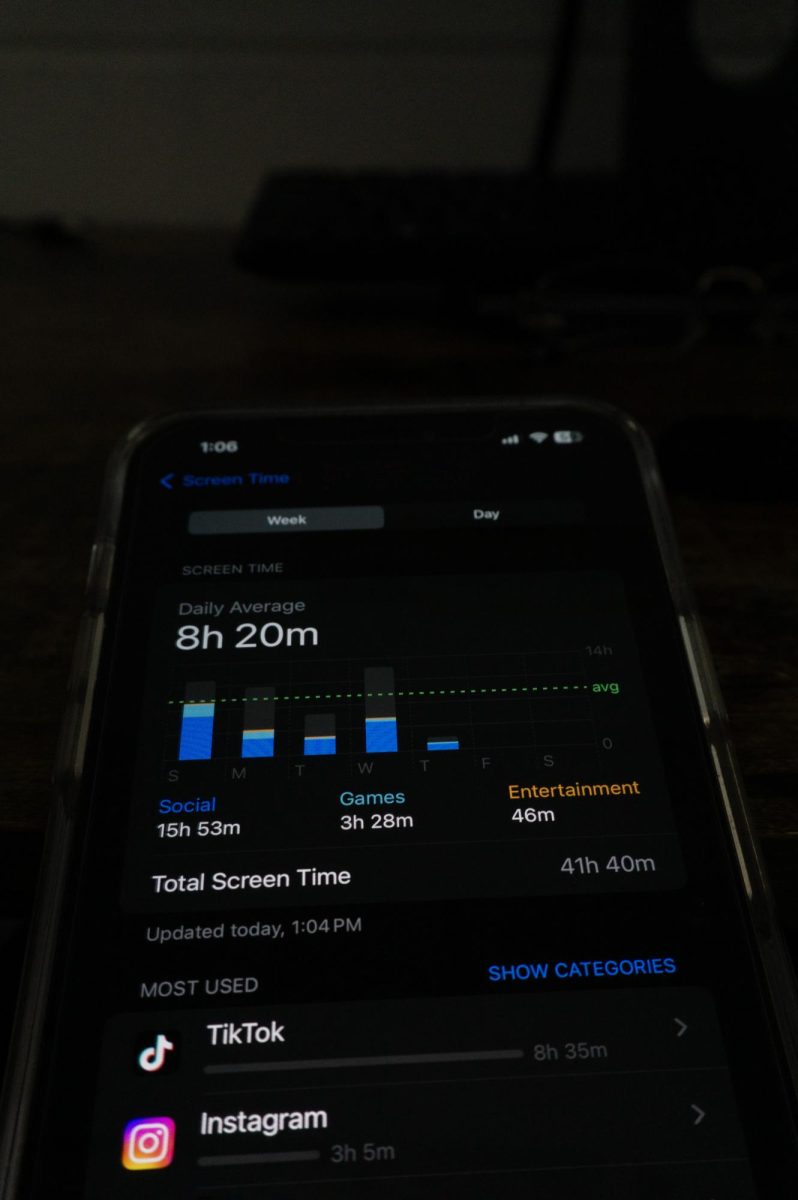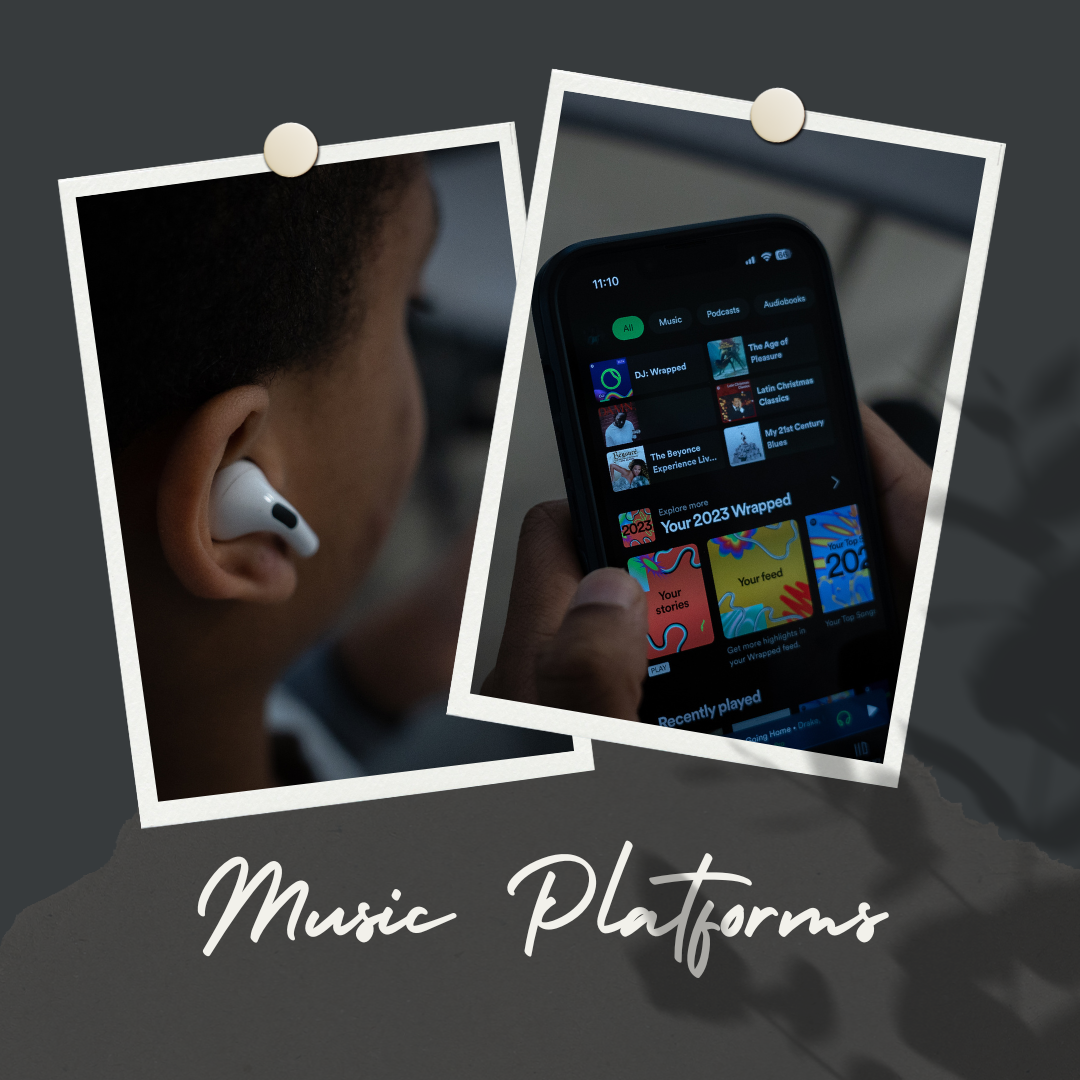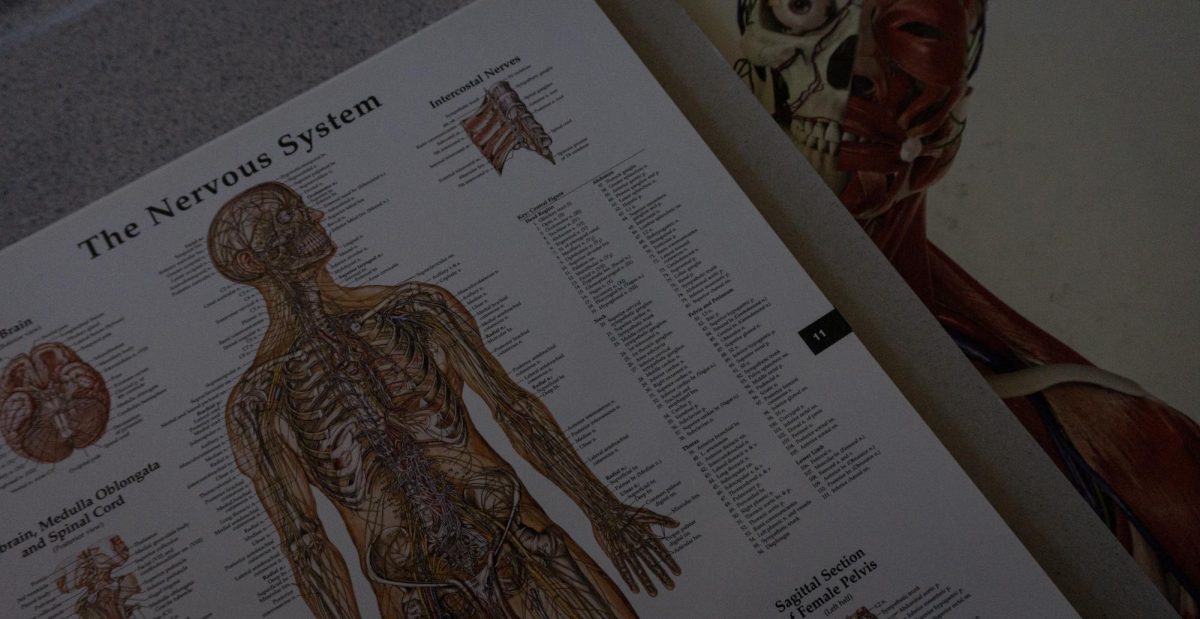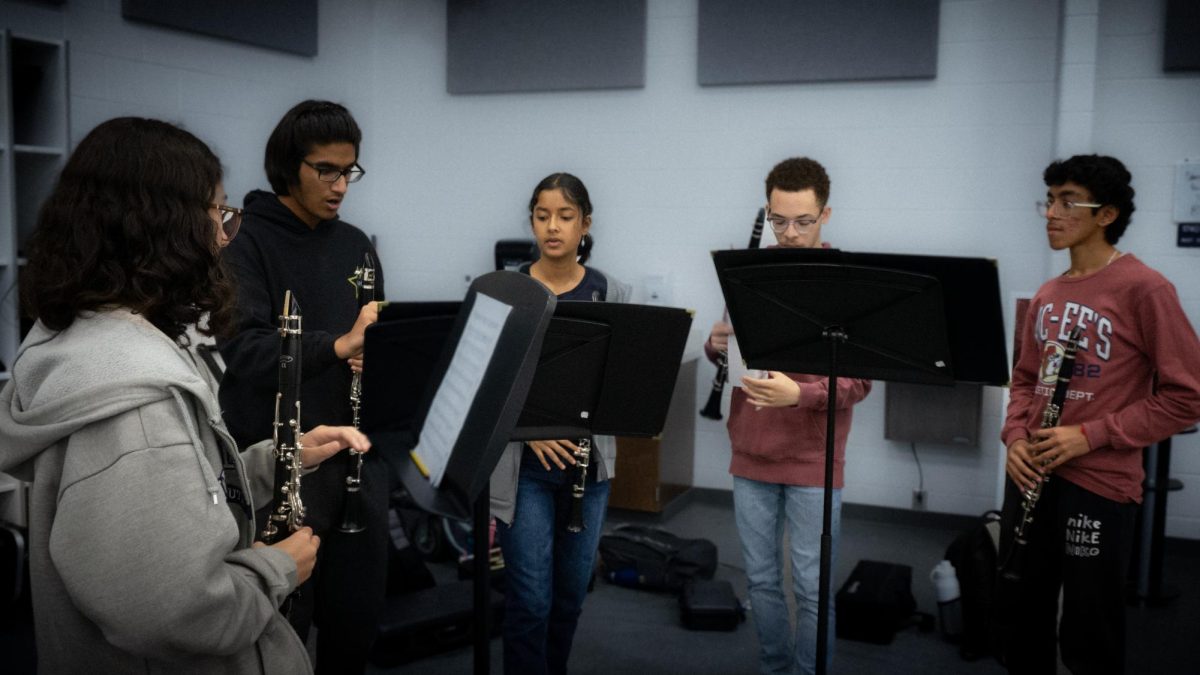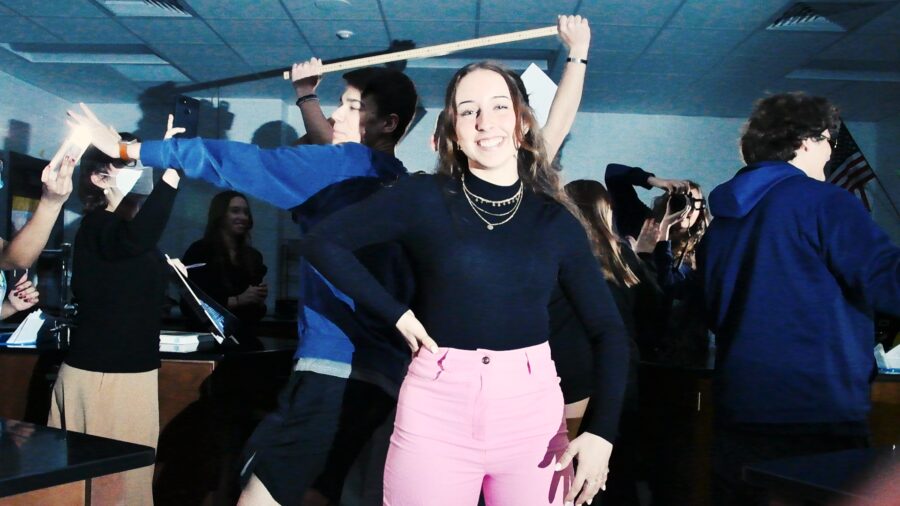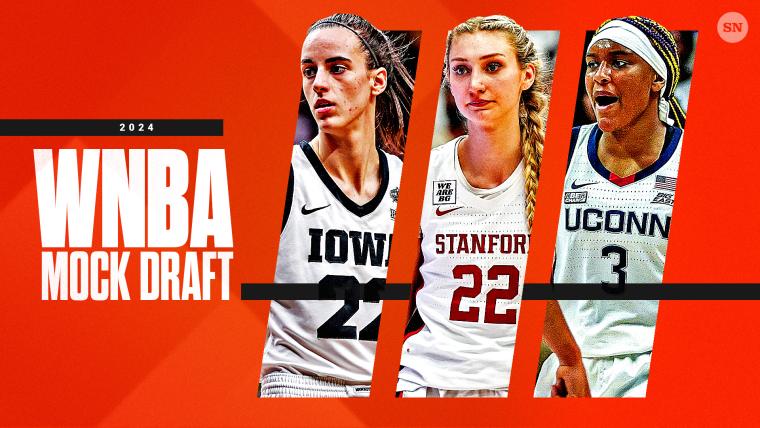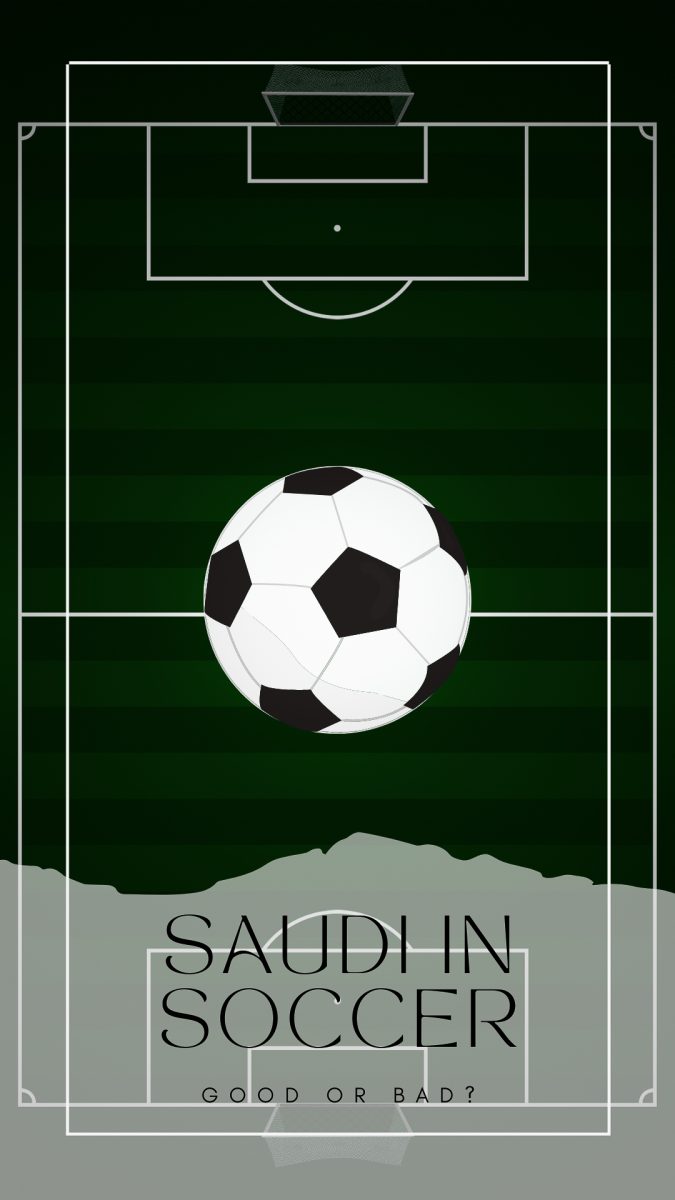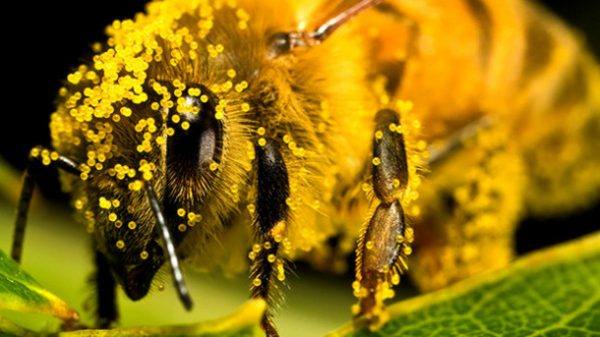TikTok’s Impact on Gen Z’s Productivity
In the age of social media, with thousands of distractions at an individual’s fingertips, the idea of instant gratification has deprived the development of many people’s attention spans. Generation Z has been most impacted by this shortcoming as nearly everything has shifted digitally, from school assignments to online shopping. With constant access to technology, teenagers have increasingly struggled with concentration and maintaining focus. Social media hinders their ability to live freely day-to-day as they feel desperate to connect virtually with other social media users rather than face-to-face interactions. Teenagers struggle to stay engaged with outside pursuits as they get caught up in the digital world. It is nearly impossible to attend an event without posting it on social media in hopes of gaining validation from others.
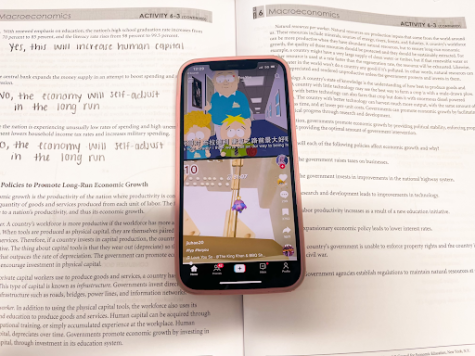
Shortened attention spans greatly hinder concentration as social media platforms, such as TikTok and Instagram, accustom teenagers to short videos. TikTok creators have begun posting 3-minute videos with the screen divided in half, showing both a television show and mobile games or satisfying videos simultaneously. These videos are often addicting to users as the split screen subconsciously makes them feel productive for focusing on multiple things at once. Additionally, TV shows being posted on TikTok creates the illusion that the full episodes are shorter and a false sense of being a fan of content. Somebody who was previously able to binge-watch a TV show may feel overwhelmed to watch it without mobile gameplay alongside it. Young people feel the constant need to be productive, disregarding the counterproductivity these distractions bring.
These simple, three-minute videos on TikTok can distract its users from completing other necessary tasks, such as finishing homework or completing chores. As the content is designed specifically to be consumed quickly, it can be easy to get caught up in a cycle of watching videos, scrolling, and repeating this process. TikTok has no limit on watching videos; the suggested videos tab is neverending. Watching videos becomes more entertaining than completing other necessary responsibilities. TikTok is a main contributor to teenagers’ high screen time. One Denmark junior complains about this cycle: “My screen time on TikTok averages to around three hours per day,” she complains. “Even if I set limits on my screen time, it doesn’t keep me from [visiting the app] and getting caught up in watching videos,” she explains with a shrug. Although simply turning off one’s phone seems simple, for those with short attention spans or a longing to escape from the real world, the TikTok algorithm is compelling and addictive. TikTok acts as a welcoming community to those invested in the app’s videos. For those who face issues in the real world, the app can provide a sense of distraction and comfort.
Additionally, TikTok is unique in the sense that it gives every individual the opportunity to rise to fame, disregarding talent. Unless an account is private, TikTok puts nearly every video on the suggested videos page, also known as the For You page. This makes it easy for its users to gain followers, which is what provides many individuals with a sense of motivation. Users strive for success, and after one viral video, impressionable creators fall into the implied responsibility of maintaining their temporary fame. One Denmark senior has first-hand experience with TikTok fame. During her sophomore year, one of her 15-second videos went viral, with 1.3 million views and nearly 300k likes. “I gained about 1,500 followers from my video,” she explains. Despite her swarm of new followers, she struggled to maintain this same level of fame. She continues, “It almost provides a sense of false hope. After my video got attention, it was impossible to get this same amount of energy with my other videos.” She began losing followers after her video, making her a seemingly “one-hit wonder” on the app. Unlike other social media platforms, one popular video does not guarantee success in the future.
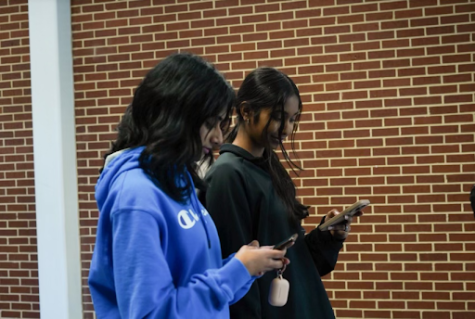
Due to the fact that TikTok fame (although temporary) is achievable for anybody, those who maintain their fame lead trends. Some creators, such as Charli D’Amelio, who went viral for her dancing in 2019, gained overnight fame for a multitude of reasons. Charli led numerous TikTok dance trends and was collectively given credit by other TikTok users for making dances popular. Following her success, Charli received hate from the app’s users who simply got bored with her content. She received comments online complaining about how her content seemed repetitive. This short-lived success is due to the constant cycle of interest quickly turned disinterest. This reflects users’ inability to focus on a single trend for an extended period of time.
In 2023, Alix Earle, whose content is primarily get-ready-with-me videos, has been a pioneer of new beauty and video-format trends. Her videos tend to be just 60 seconds long, which fits perfectly into the addictive algorithm of TikTok. Short videos like hers make TikTok users feel less guilty for scrolling through the addictive app, as the videos seemingly do not take up as much time to watch. After viewing her success, many young girls made their get-ready-with-me accounts to post their own videos. Additionally, numerous makeup products have been sold out quickly due to the fact that individuals’ favorite creators also use the products.
At times, the rapid growth of creators and trends can have a positive impact. Many popular musicians, such as Doja Cat or Lil Nas X, have gained most of their attention through TikTok trends with their videos. This has led to some creators receiving Grammys for their music, such as the iconic Old Town Road by Lil Nas X. However, the lack of commitment to certain trends or creators can cause one’s fame to die out quickly.
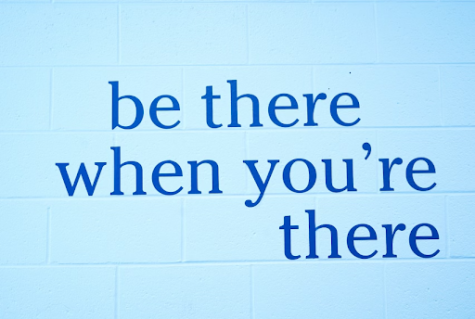
TikTok has had a significant impact on Generation Z’s attention spans and ability to focus. Despite the fact that the app allows for quick, efficient communication, students need to set boundaries to avoid its negative effects. This is crucial to have a rewarding experience on the app and not a toxic relationship with the social media platform. The addictive nature of the app’s algorithm and the constant need for validation through likes and followers creates a cycle that can be difficult to break. While TikTok has provided opportunities for overnight fame and trendsetting, it is crucial to take an outsider’s view and acknowledge the potential negative effects it can have on mental health and productivity. As with any form of media consumption, it is crucial to find a balance and prioritize real-life experiences and responsibilities.
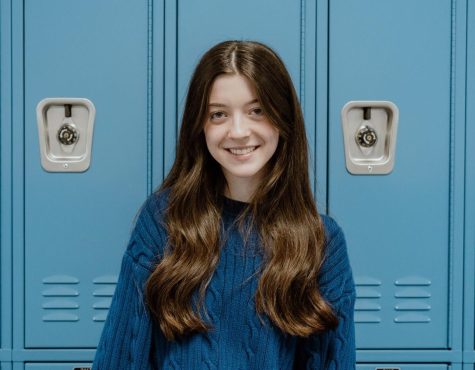
Part-time student and full-time Swiftie. As a senior, I am ecstatic to collaborate with students and staff around the school as the section editor of News...









